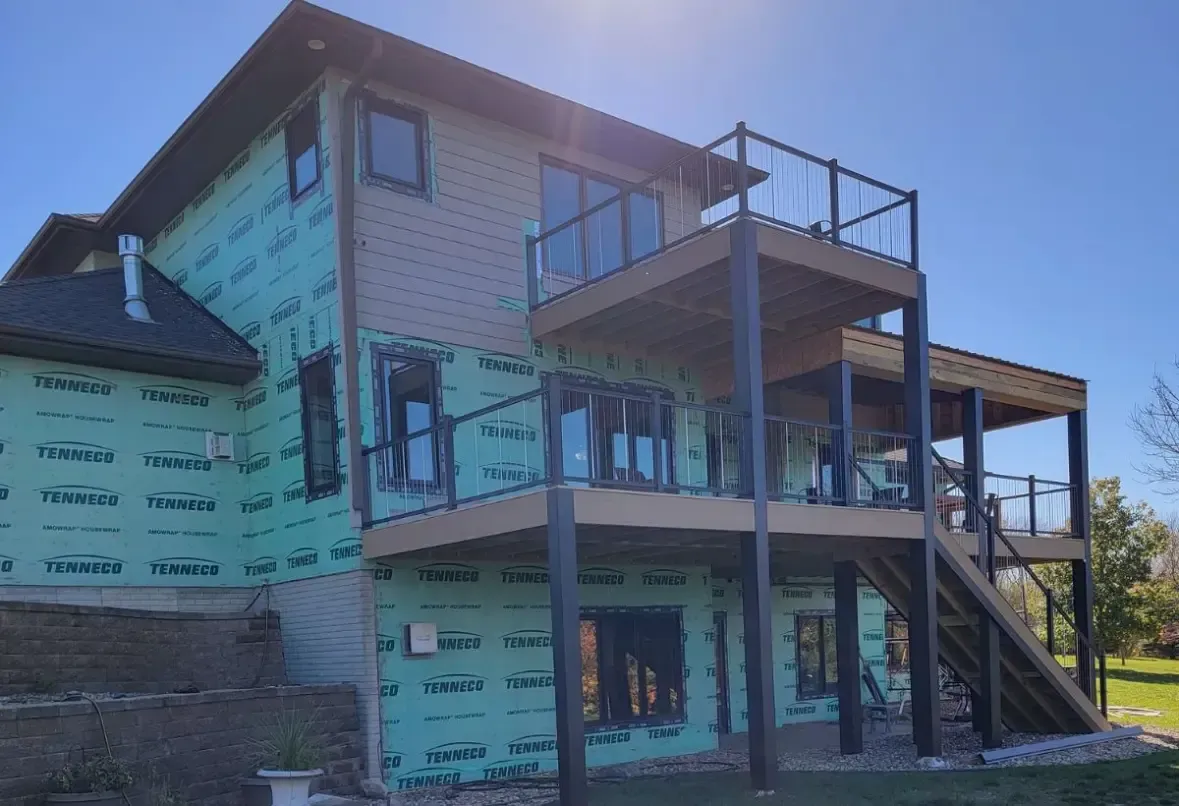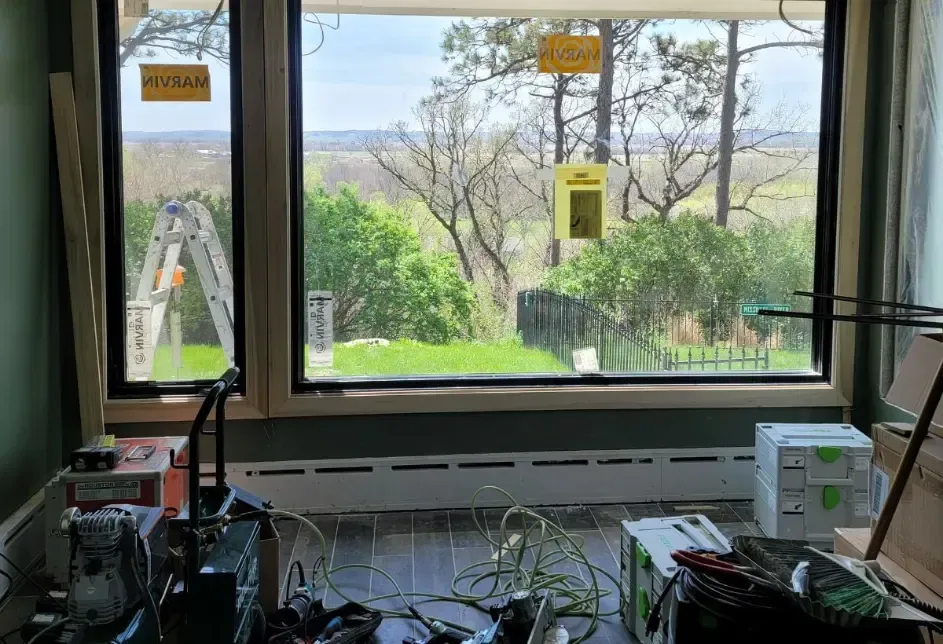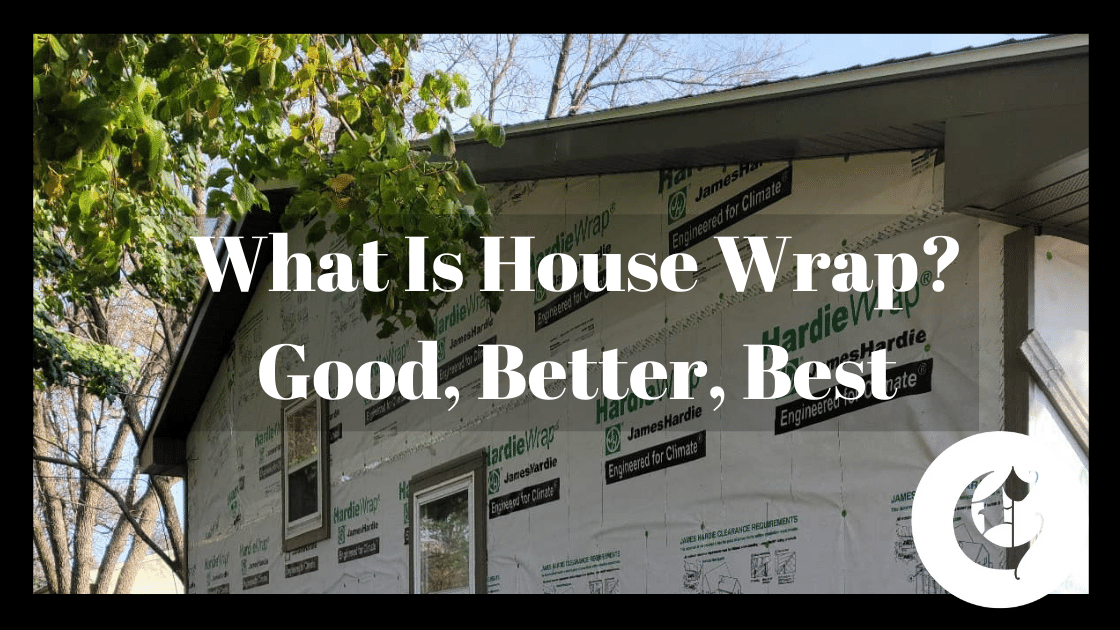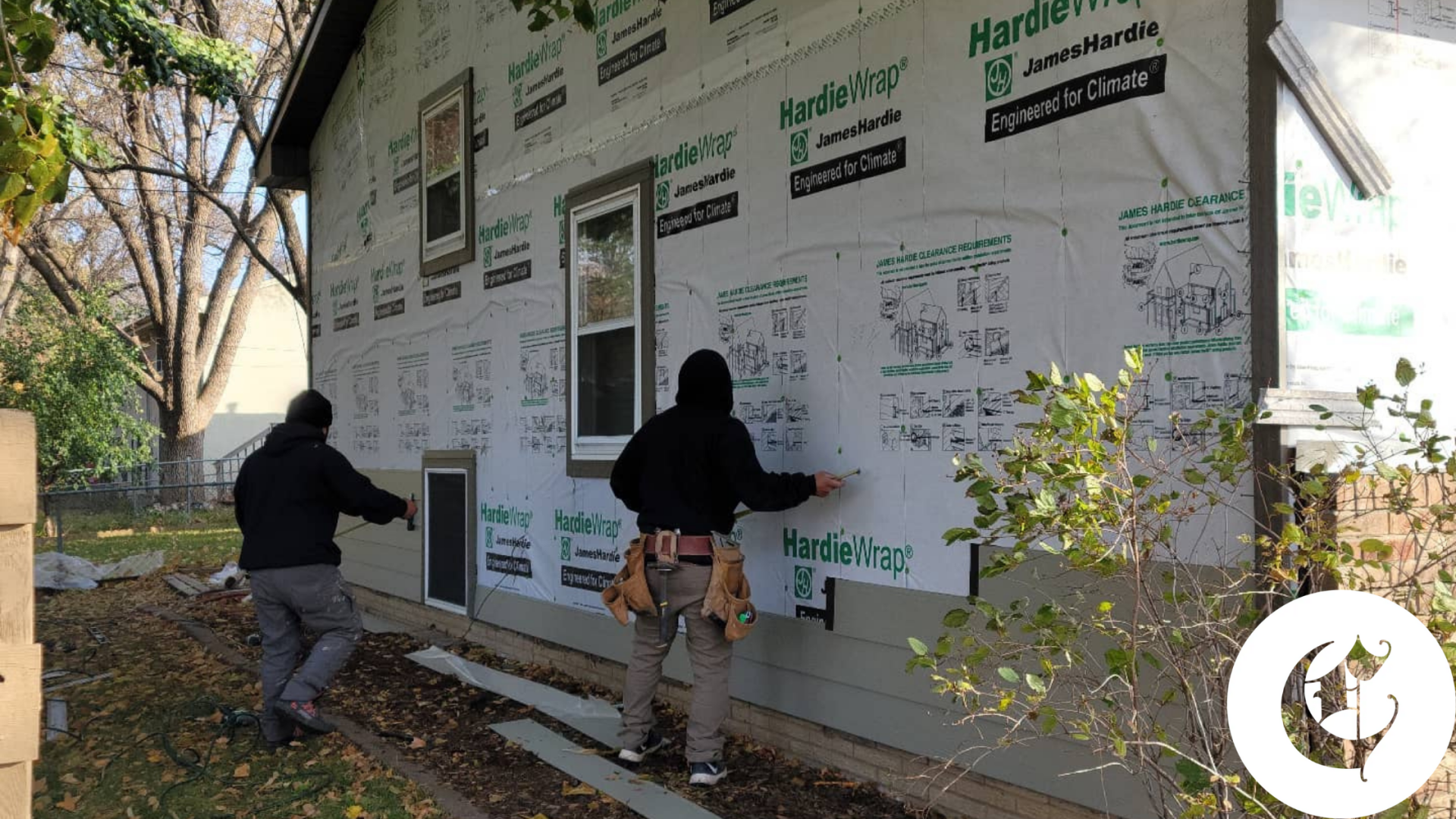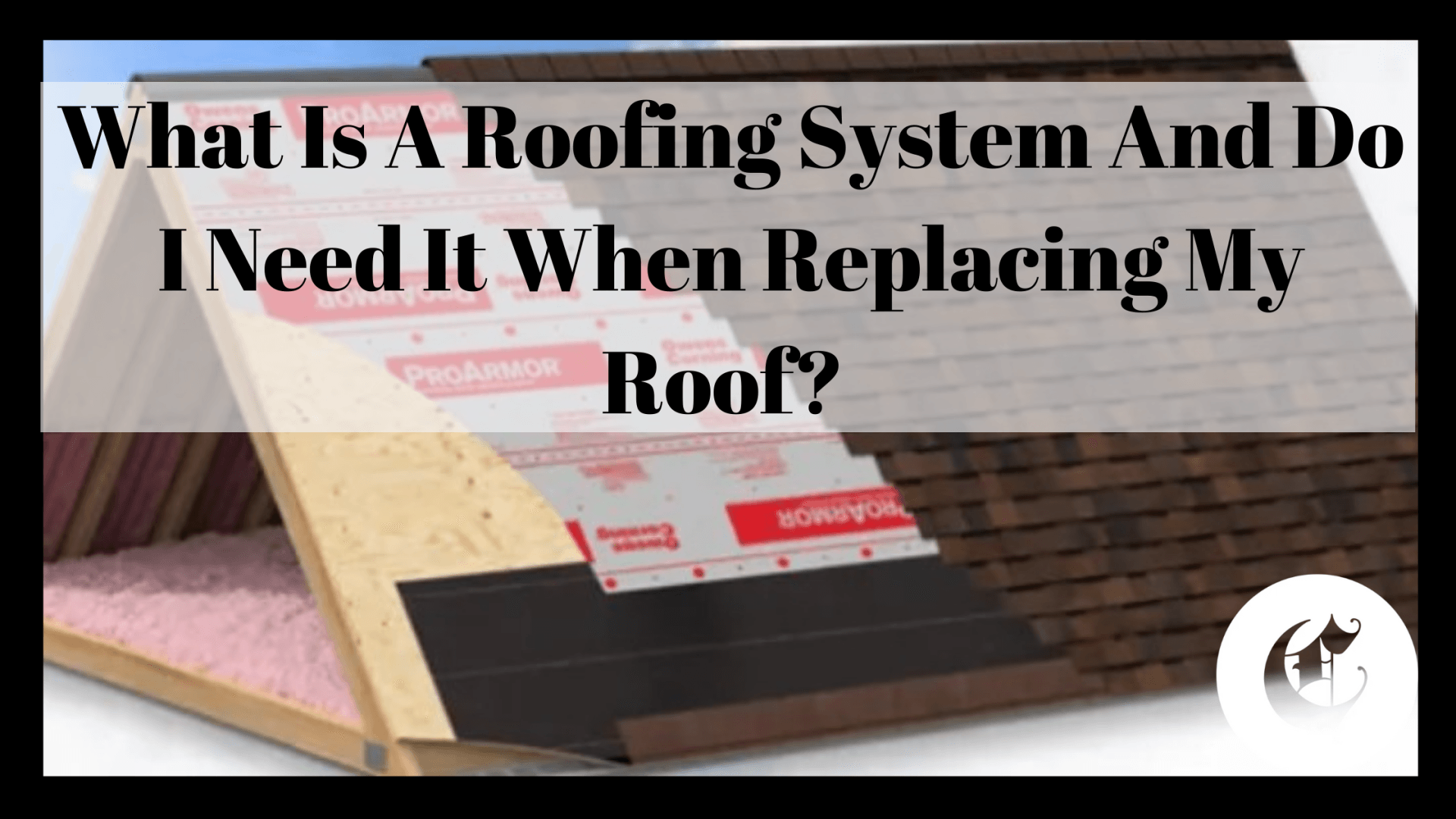When it comes to restoring your historic home, James Hardie Siding Is Best. Here's why.
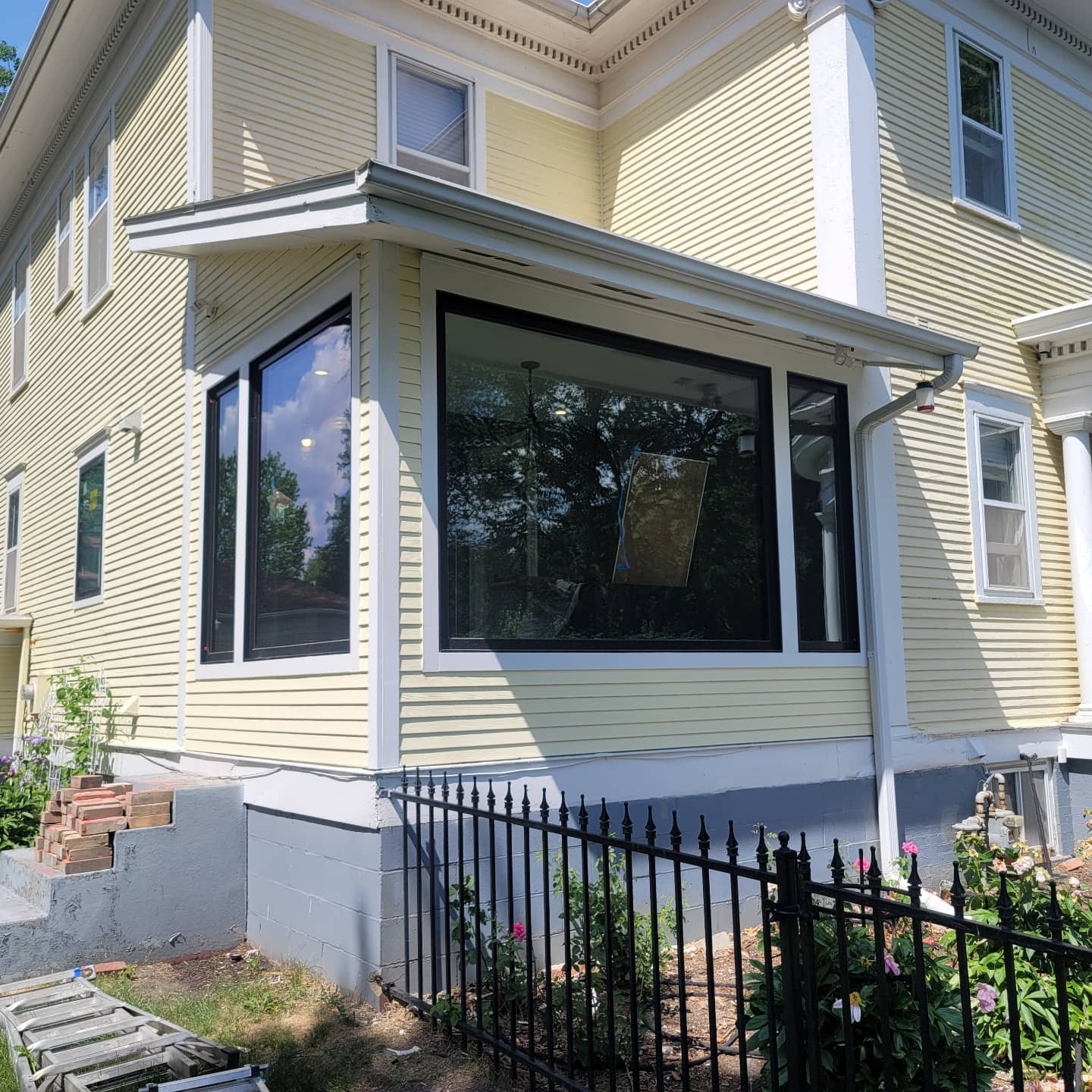
More and more historical societies recommend James Hardie Architectural Siding to homeowners and contractors restoring historic buildings. James Hardie fiber cement architectural siding replicates the original siding type and design but offers superior durability and protection to the historic home for less. As a result, fiber cement siding adorns homes and buildings in historic districts throughout the United States.
Advantages Of Fiber Cement Siding For Historic Properties
Architectural Fiber Cement Siding Replicates Historic Period Siding
Fiber cement siding can be engineered to replicate the look, texture, and feel of virtually any traditional siding, including wood clapboard, board-and-batten, reverse board-and-batten, shingles, aluminum, vinyl, stucco, veneer, stone, and brick. Most manufacturers have architectural fiber cement siding available in traditional colors or can color match to ensure your home meets the specifications of your historical society.
James Hardie Architectural Siding Offers Exceptional Durability
Fiber cement siding is more durable than traditional wood siding and as durable as brick and stone with less upkeep. It is wind, impact, UV, heat, mold, moisture, pest, and cold-resistant. It does not rot, is termite and fire-proof.
Fiber Cement Siding Costs Less Than Historic Siding
The cost of installing architectural fiber cement siding is comparable to historic wood siding (ranging from $5 to $25 per square foot, including materials and labor) and lower than stone or brick siding. Wood siding requires regular repair and maintenance, making it quite expensive long term. Stone and brick siding are labor-intensive to install and require a skilled mason even when repairing, making them the most costly when restoring a historic building.
While installing architectural fiber cement siding is comparable to traditional wood siding, its minimal upkeep and maintenance requirements make it the most economical overall.
Fiber Cement Siding Is Sustainable And Eco-Friendly
Fiber cement siding is made from readily available and post-consumer materials. Made made from Portland cement, sand, wood pulp, and cellulose materials; fiber cement siding is sustainable and eco-friendly. Which is another reason it is increasing in popularity when restoring historic homes and buildings.
James Hardie Architectural Fiber Cement Siding Offers Lasting Protection And Beauty
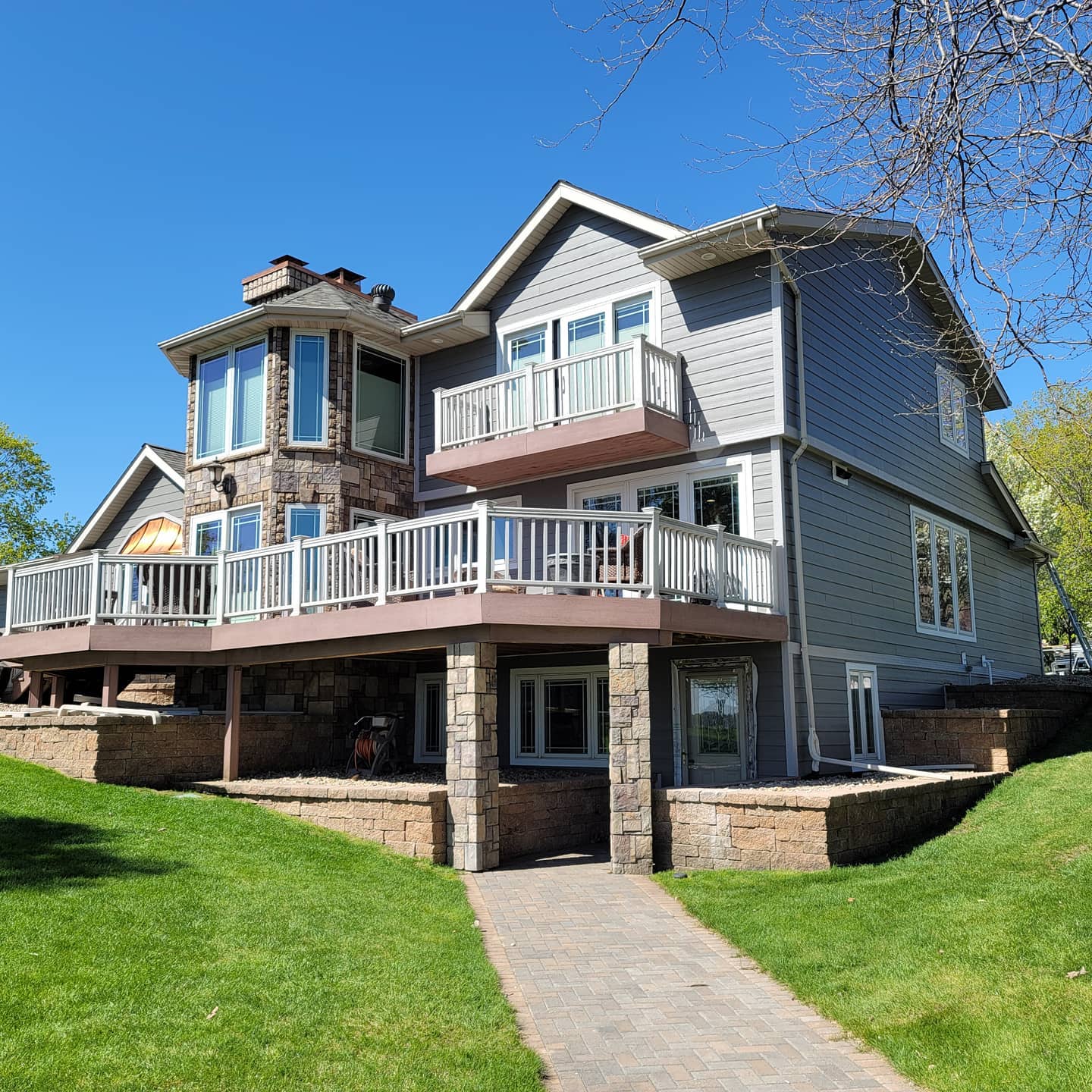
You can expect high-quality, architectural, or artisanal fiber cement siding to last up to 50 years. James Hardie leads the fiber cement siding industry for quality and guarantees their siding for 30 years with a transferable warranty. They use proprietary ColorPlusⓇ technology and guarantee their siding against peeling, cracking, chipping, and fading with a 15-year warranty.
James Hardie has fiber cement siding engineered according to climate zones, called “Hardiezones,” to ensure your siding can withstand the climate and weather conditions in your region.
Fiber Cement Siding Offers Exceptional Curb Appeal And Increases The Value Of your Historic Home
Restoring your historic home with fiber cement siding can increase the value of your home by 10-15%. The traditional look and charm of James Hardie ArtisanⓇ fiber cement siding enhances your curb appeal and accentuates the classic beauty of your historic home.
When it comes to restoring your historic home or building, James Hardie ArtisanⓇ fiber cement siding gives you the traditional aesthetic you need and the lasting, low-maintenance protection you deserve. It is the most cost-effective way to restore your historic home and offers an impressive return on your investment.
We are James Hardie recognized contractors and suppliers serving communities from Beresford to Sioux Falls, South Dakota. Our remodeling contractors have extensive experience installing James Hardie Artisan fiber cement siding to historic homes and buildings. If you have any questions about restoring your historic home, what James Hardie siding can achieve, or how to get approval from your historical society to replace your original siding with fiber cement siding, reach out to us today. We are happy to help. To see more of our work, follow us on Facebook.

